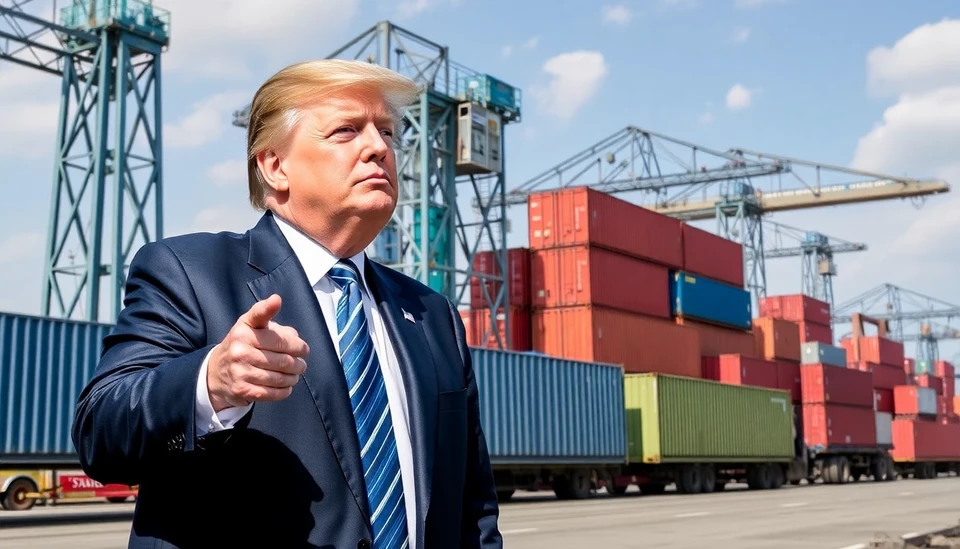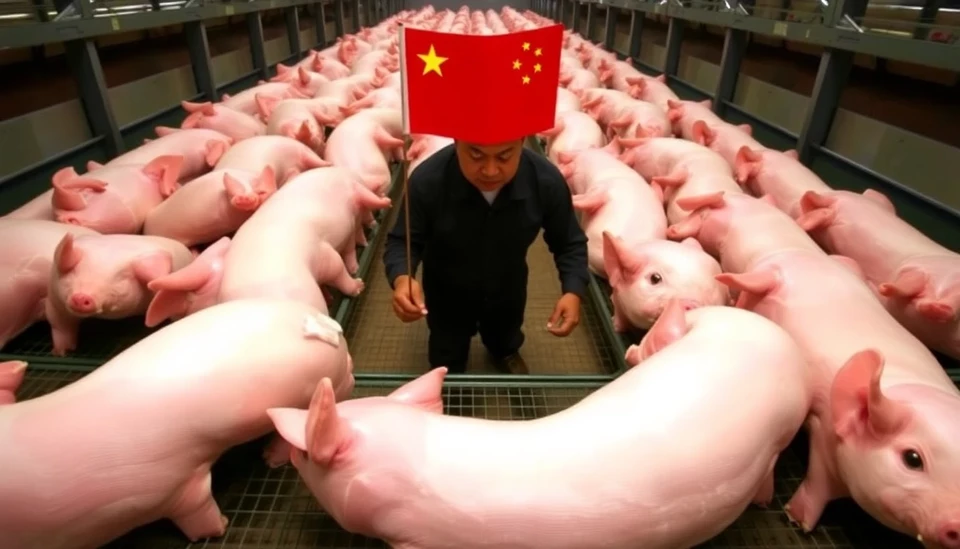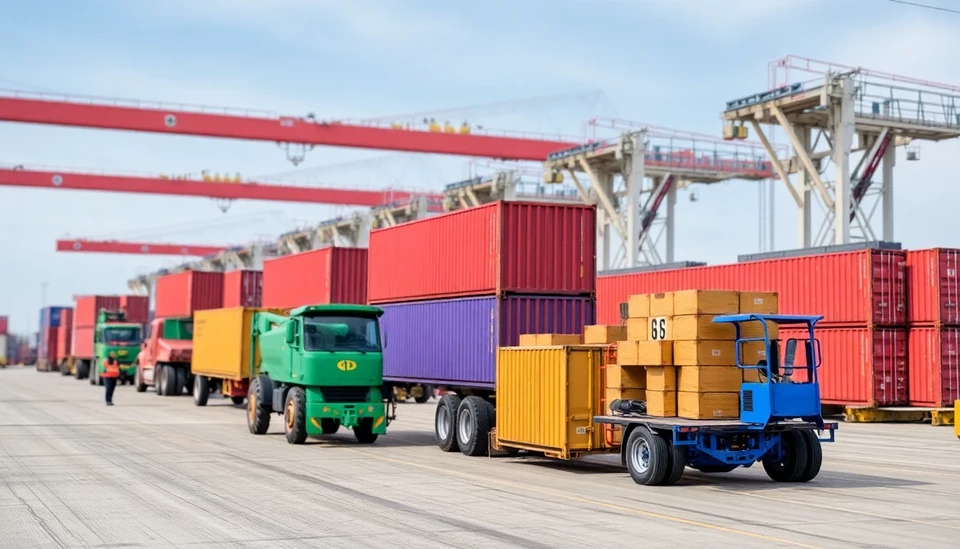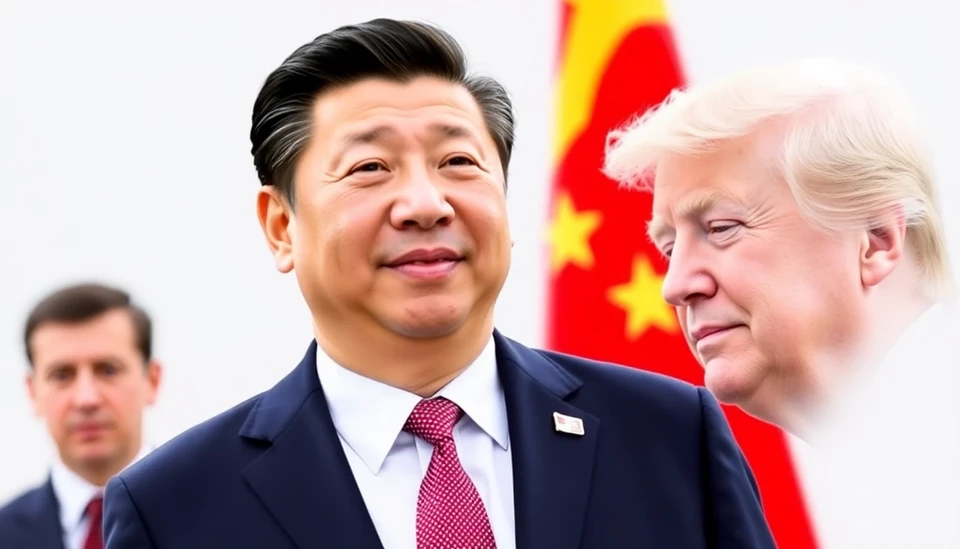
As the political landscape in the United States continues to evolve, the implications of former President Donald Trump's tariff policies are coming back into sharp focus. Recent discussions surrounding the potential reinstatement of these tariffs have led economists and analysts to speculate about the impacts on U.S. economic growth. Particularly as we approach a time of increasing economic uncertainty, the historical context of these tariffs raises important questions about their effectiveness and long-term ramifications.
During Trump’s presidency, a series of tariffs were implemented with the aim of protecting American industries, particularly steel and aluminum sectors, from foreign competition—most notably from China. While the intention was to bolster domestic manufacturing and generate jobs, the reality proved to be more complex. The tariffs led to increased costs for manufacturers reliant on imported materials, which in turn resulted in higher prices for consumers. This trade strategy, aimed at making American goods more competitive, ultimately triggered retaliatory tariffs from partner countries, further straining international trade relationships.
Fast forward to 2023, and with Trump considering another run for the presidency, the question arises: Could the revival of these tariffs hinder growth once more? Economic indicators suggest that reinstating such tariffs could lead to inflationary pressures, slowing down the overall economy. Analysts have pointed towards the lessons learned during the previous implementation of these tariffs, where the initial benefits were overshadowed by escalating prices and market volatility.
Moreover, the tariffs not only affect large enterprises but have profound implications for small businesses that operate on thinner margins. As they grapple with increased costs of raw materials and diminished access to competitive pricing, many small businesses might be forced to raise their prices or even consider downsizing. Consequently, consumer purchasing power could be undermined, leading to a slowdown in economic momentum.
The global economy has also shifted significantly since the original tariffs were enacted, with supply chains becoming more intertwined and complex. Re-establishing tariffs could unravel the delicate balance that has been formed within global markets, making it critical for policymakers to consider the ripple effects of such actions.
In light of these factors, economists urge caution. While attempts to protect domestic industries are essential and necessary, the approach taken must be strategic and well-thought-out. Historical data shows that a reliance on tariffs can quickly lead to unintended consequences—most notably a potential downturn in economic growth. As the conversation about tariffs continues, it will be pivotal for all stakeholders to engage in a thorough examination of past outcomes and future forecasts to navigate this challenging economic environment successfully.
The future of U.S. economic growth may hinge on the decisions made in the coming months regarding tariffs and trade policies. As the nation reflects on its past and anticipates potential changes, collaborative dialogue among policymakers, businesses, and economists will be essential to formulate effective strategies that promote sustainable growth without repeating the mistakes of the past.
As we witness the unfolding economic landscape, one thing remains clear: the impacts of trade policies will reverberate, and understanding their dynamics will be crucial for fostering a stable economic future.
#Tariffs #Trump #USEconomy #TradePolicies #EconomicGrowth #Inflation #Manufacturing #SmallBusiness #GlobalTrade
Author: Rachel Greene




